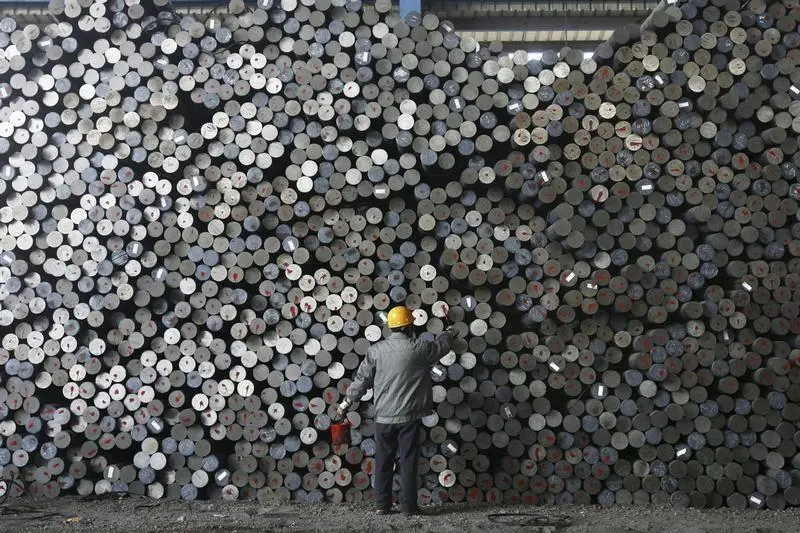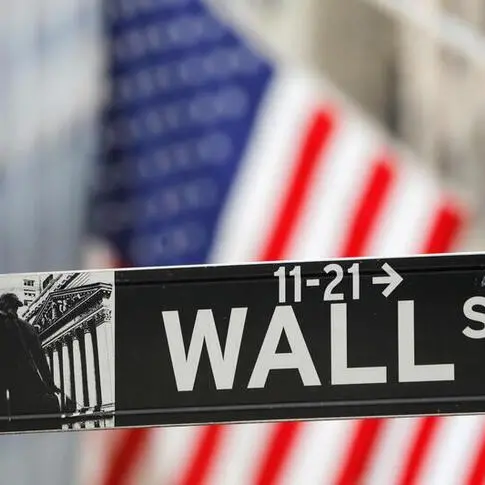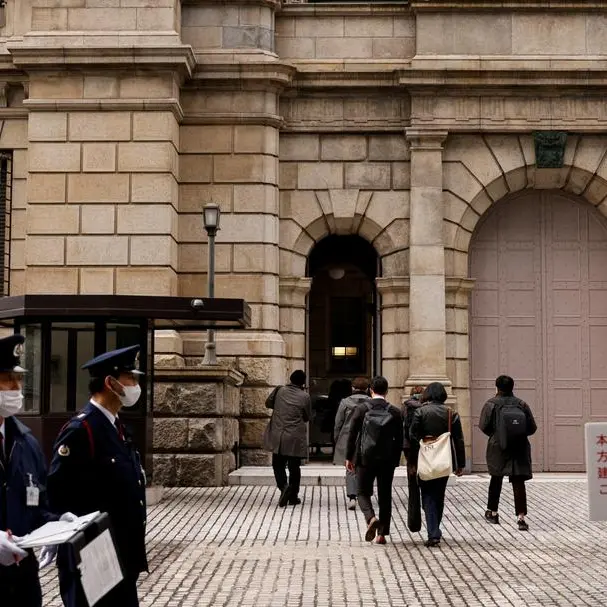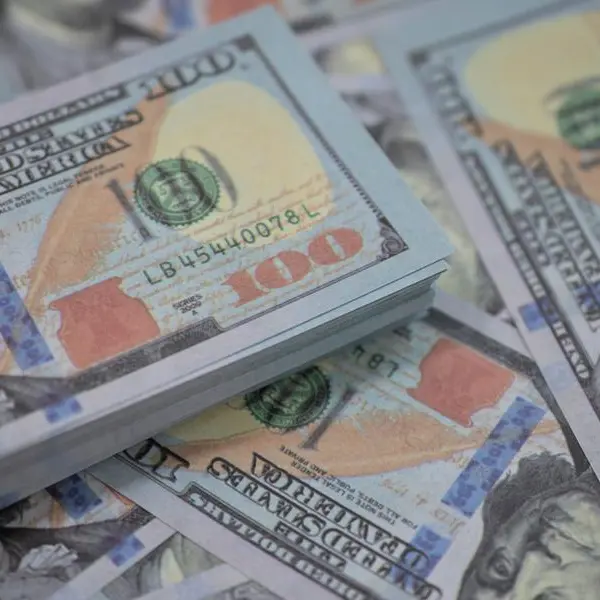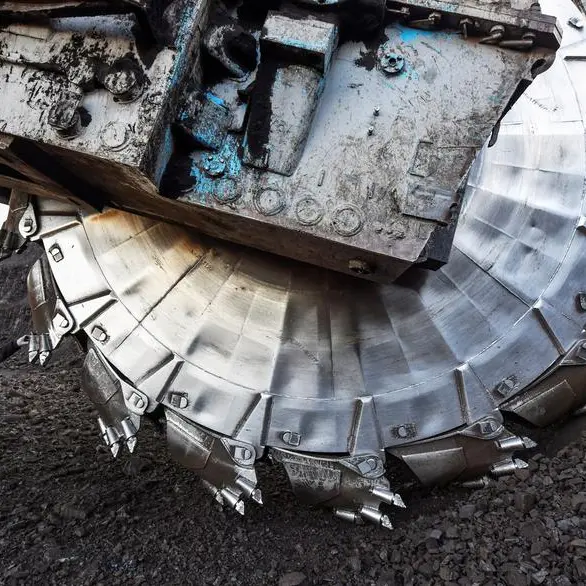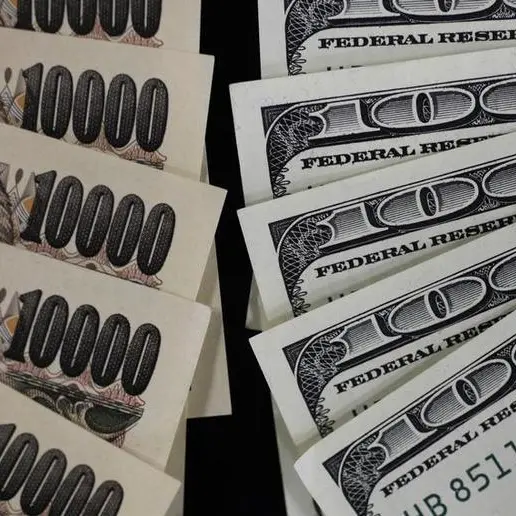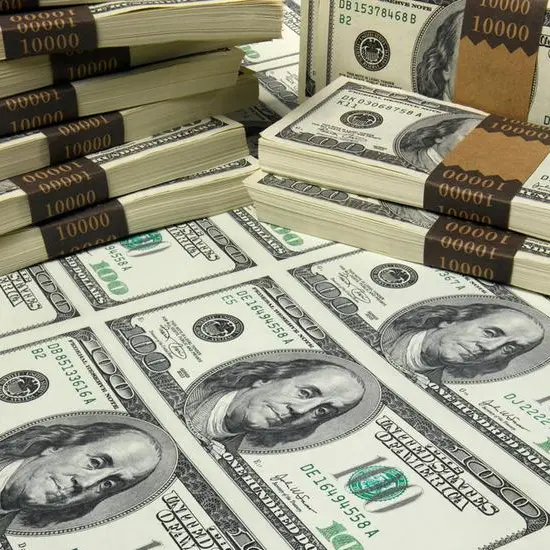PHOTO
(The opinions expressed here are those of the author, a columnist for Reuters.)
LAUNCESTON, Australia - Iron ore is having a strong start to the year, with rising prices and robust imports by China, sparked by optimism the world's largest buyer of the steel raw material is adding enough stimulus to boost demand.
The optimism in the past week has consigned China's soft steel production data for December to memory, with both sentiment and fundamentals supporting the iron ore market.
Iron ore contracts traded in Singapore ended at $135.31 a metric ton on Jan. 26, posting a weekly increase after declining for the two previous weeks.
The contract is also 1% higher than the low so far in 2024 of $133.99 a ton, and prices have been in a broad uptrend since August last year, when they hit a closing low of $103.21 on Aug. 3.
The gains have mirrored China's main domestic price benchmark, the futures contract on the Dalian Commodity Exchange , which ended at 988 yuan ($137.68) a ton on Jan. 26.
This was up 6% from the closing low so far in 2024 of 932.5 yuan a ton on Jan. 18, and the Dalian contract has been in an uptrend since the 2023 low of 541.5 yuan on May 25.
The increase in prices last week came as China's central bank on Jan. 24 announced a deep cut in the amount of cash banks are required to hold in reserves, a move aimed at boosting lending to fund property and infrastructure development.
The People's Bank of China trimmed the reserve requirement by 50-basis points, the biggest cut in two years in the amount of cash banks must hold as reserves, effective from Feb. 5.
The bank also said it will release policies on improving commercial property loans, sparking optimism that the central bank will be able to put a floor under the struggling real estate sector.
While it remains to be seen whether these measures will actually translate into increased demand and construction activity in the world's second-largest economy, the optimism generated is likely to flow into increased demand for iron ore.
ROBUST IMPORTS
China, which buys about 70% of global seaborne iron ore, is on track to import more than 100 million tons in January, according to data compiled by commodity analysts Kpler and LSEG.
Kpler has tracked arrivals of 109.36 million tons, which would be the most since the all-time high of 112.65 million from July 2020.
LSEG is forecasting arrivals of at least 108.47 million tons, and if the tracking data proves in line with the official customs number, it would mean an increase of about 7.5% from December's imports of 100.86 million.
The state of China's port inventories are also supportive of further imports, with stockpiles monitored by consultants SteelHome rising to 124 million tons in the week to Jan. 26.
This is up from the recent low of 104.9 million in late October, but it's more important to note that inventories are still well below the 133.45 million in the same week in 2023 and the 154.05 million at the end of January 2022.
It's much the same story for stockpiles of steel rebar , which rose to 4.52 million tons last week, up from the recent low of 3.49 million in early December, but below the 5.94 million in the same week last year and the 4.92 million in 2022.
It's worth noting that both steel and iron ore inventories have tended to build strongly in the first two months of the year as mills stock up and boost output ahead of the peak construction season.
China, which produces just over half of the world's steel, did see weak output in December, with just 67.44 million tons produced, the lowest total since December 2017.
But this is likely a reflection of some production curbs associated with efforts to limit pollution over winter.
While there may still be some restrictions in place in coming weeks, it's likely that steel mills will be planning to increase output, especially given the recent recovery in domestic prices.
Steel rebar contracts in Shanghai ended at 3,971 yuan a ton on Jan. 26, up 2.4% from the 2024 closing low so far of 3,879 yuan on Jan. 18.
The opinions expressed here are those of the author, a columnist for Reuters.
(Editing by Sam Holmes)
